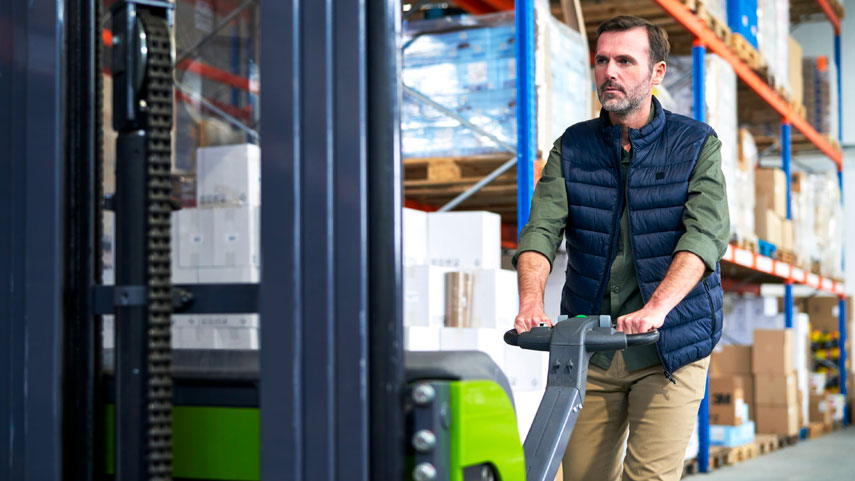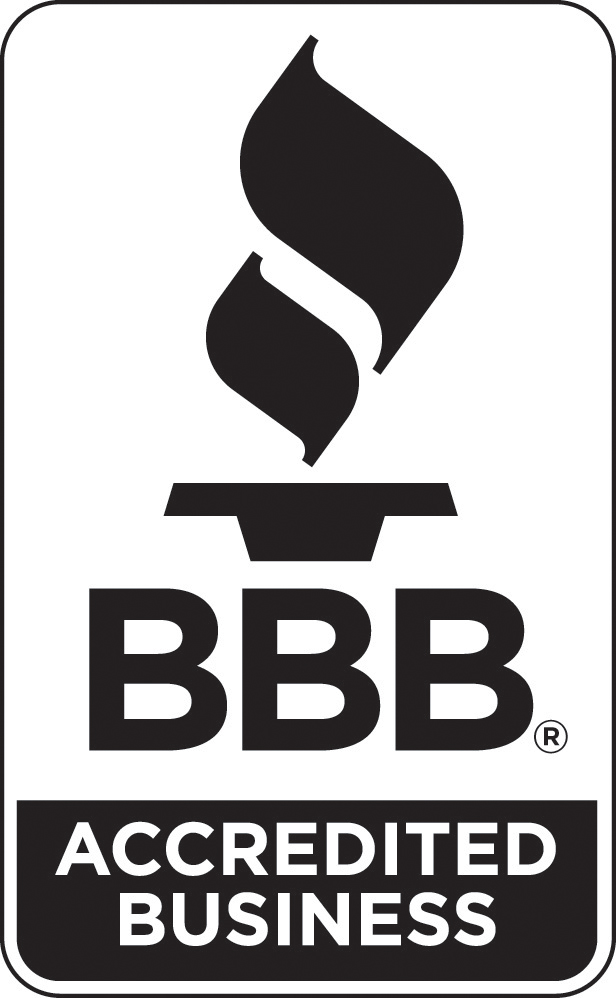What Is Pool Distribution?

How familiar are you with pool distribution? If your business ships product, it had better be “very”, because the practice can save you both time and money. Pool distribution is a form of shipping, similar to less than truckload (LTL) shipping in that it allows you to ship your product along with other orders in a single truck. However, unlike LTL shipping, pool distribution does not typically involve sharing the load with other companies. You would be pooling multiple shipments of your own product. Using the pool distribution strategy can drastically cut down your company’s shipping costs and make your product’s journey to its destination much faster and easier. But wait, what exactly is LTL shipping?LTL, or less than truckload shipping, refers to a shipping option that enables companies to pay only for the portion of the truck they use, rather than the entire truck, even if their product doesn’t fill the truck up. In LTL shipping, the remaining space will be filled with freight from other companies that are heading to the same area. For a refresher on LTL shipping, see our post on What Is An LTL Carrier. As we mentioned above, pool distribution is the same concept as LTL shipping, but different in that the freight you will share the space in a truck with is typically also from your company. Let’s take a look at what pool distribution is and how it works.
What Is Pool Distribution?
The pool distribution strategy will allow you to “pool” your shipment together with other shipments that are being delivered to multiple destinations within the same geographic region. Shipments that would normally be shipped through LTL shipping can be pooled together, or consolidated onto a full trailer, or even multiple trailers. They are then sent to a distribution center where they are offloaded and sent to their final destination. By pooling, your shipments will share their ride on a cheaper mode of transportation for the majority of the shipment’s journey. The pool distribution can be utilized at both ends of the shipping lane — the origin as well as the destination. The beginning of the trip is actually technically called pool consolidation, while pool distribution refers specifically to the end portion, when the shipment is removed from the truck, organized, scanned, and distributed to its final delivery. The pool distribution strategy is thus somewhat the best of both worlds, as it provides the benefits of less than truckload shipments, but is also more time sensitive, akin to local or regional deliveries.
How Does Pool Distribution Work?
Most often, pool distribution involves consolidating multiple shipments from a single shipper at one point of origin — typically the shipper’s distribution center. The shipment as a whole will be going toward a specific geographic region, but there will be multiple delivery points within that region for individual shipments. The shipment will be consolidated and loaded onto a trailer from floor to ceiling to make maximum usage of the trailer space. It is then sent to a regional terminal, also known as a pool point facility, or distribution center, rather than directly to the final destination. Here, the pool shipment will be offloaded, scanned, and organized by where the shipments need to go. It will also be put on pallets and shrink-wrapped, if necessary. The shipments are then reloaded onto smaller, local delivery trucks or vans, and sent on to their final destination. There are situations in which a company doesn’t have enough product to make pool distribution a good option. In these situations, the pool might share a truckload cost with another pool from a different company. When this happens, the truck will stop at both distribution points to load in the shipment, and then be sent to a single final delivery point, meaning the two pools are being shipped to the same retailer. Pool distribution can often offer significant savings to traditional LTL shipping, greatly reduce shipping times, and keep your products safer, because they are handled less. You will also be able to track your shipment every step of the way. While pool distribution is more common on a smaller scale, larger companies can also use the pool distribution strategy for shipping. Many pool distribution providers will have systems and a set of network points and distribution centers that they will use to unload trucks and sort items for distribution. They will also either have their own fleet of vehicles, or have relationships with local shipping companies to carry out the final delivery. Using an experienced partner for pool distribution can be extremely valuable because they will already have this network in place, especially for shipments that require special vehicles, such as refrigerated trucks, smaller vans, or trailers with lift gates. Floor personnel may also be needed to receive deliveries and know how to use some of this specialized equipment.

When Would You Use Pool Distribution?
Chances are you’ve probably already used pool distribution in some form. For example, if you’ve ever tried to ship your product to a retailer by parcel, but were asked to consolidate your retail orders onto pallets and ship them via LTL instead, then you have already used the pool distribution strategy. Whether or not your shipment should be sent via pool distribution is dependent upon size and circumstances, but typically, pool distribution is better suited for companies that have a high frequency of consistent, LTL-size shipments. Freight that falls under this umbrella includes those in the 150 to 10,000 pound range. In these cases, using pool distribution will offer a significant amount of savings over shipping via the traditional LTL strategy, and will also offer quicker, superior service. While pool distribution may be better suited to smaller companies, there is such thing as “too small” as well. In order to take advantage of the potential savings, companies need to have enough sales volume as well as enough retailers in a specific geographic region for pool distribution to make sense. If the company doesn’t have enough product to fill a truck, then it most likely is better suited for LTL shipping rather than pooling. Sometimes, smaller companies also won’t have the infrastructure or systems in place to coordinate pooling. In these cases, an experienced third-party logistics provider with an established carrier network can step in to help.
What Is Pool Consolidation?
As we mentioned above, pool consolidation is actually part of the pool distribution process that occurs at the beginning of the shipping lane. With consolidation, multiple vendor shipments will be consolidated onto a single truckload to either a distribution center, where the pool distribution portion of the lane occurs, as the shipments are separated and sent to their final destination. Other times, pool consolidation will not be coupled with pool distribution. In these situations, the vendors that share the truckload are all going to the same retailer or other location, so there is no need for distribution at the end. There is typically a lot of coordination that goes into pool consolidation, which is why companies often use a third-party logistics coordinator to handle their shipping. Many factors, including shipping schedules, delivery dates, and truck availability will go into the planning process. Coordinating efforts through consolidation or pooling saves time at both ends of the shipping lane, as you can load your entire shipment into a single truck rather than in pieces, and on the other end, it only needs to be unloaded once. This means less receiving doors required and fewer workers required to unload the shipment. Everyone saves!
The Benefits Of Pool Distribution
The biggest benefit companies should notice right away is reduced costs on shipping. If not— pool distribution doesn’t make sense for you to use. Pool distribution is typically more efficient than other shipping options, because the most costly miles for a truck are the first and last 50 miles. Using pool distribution takes away the need for multiple legs on the journey, especially on the front end. Pool distribution is also much more simple in that it does not require complex formulas, making it easier to compare prices. Typically, pool distribution cost is based on just weight and miles. Not only is it easier to grasp, but also easier to track your shipment, as it will be making fewer stops. Typically, pool distribution will also be faster for the same reason. And let’s not forget that that by placing fewer trucks on the road mean you are, in effect, going green with your shipments. That’s an added benefit most companies can get behind!Find out more about the benefits of pool distribution here.

Reasons Why Pool Distribution Might Not Work For Your Company
While pool distribution certainly has some great benefits, it’s only helpful if it fits your company’s needs, and there are several reasons why it may not.First, it requires a change in thinking for your company at a very core level. Some companies may not be willing to part with their processes, schedules, or volumes to make pool distribution work. Change is difficult no matter what, but especially at such a core level. Knowing what to look for in a shipping partner can also be a bit tricky. But there are certain characteristics any good LTL shipper should have.This first includes an established network in the geographical regions both where you want to send your pool shipments, as well as where you are located. On your end, you’ll also want to be sure you can fill the trucks with your pooled shipment consistently, otherwise it will go from a big savings to more of a hassle. You also need to make sure the products you pool together make sense to be in the same trailer. Depending what your company does, you may have items that required special handling and care, and probably won’t want to pool them with other products that could potentially cause them harm, or even so much as creating an odor that other products absorb. You can work with a partner to put systems in place to make sure your relationship goes steadily, but you’ll have to do a lot of initial work on your end to implement the change to pool distribution. As long as it’s done effectively, it will be very worth it for your company.
Find The Right Shipping Partner
To make the whole pool distribution process work, more than anything, you will need to find the right shipping partner for you. Flock Freight® offers a unique, non-traditional LTL shipping model in which the hub is removed from “hub and spoke.” This means your shipment won’t get unloaded from the truck until it reaches its final delivery point. Flock Freight uses sophisticated algorithms, cutting-edge logistics, and works with thousands of small and medium-sized businesses across the country, allowing them to offer shippers the lowest prices on LTL shipping, no matter the volume.


.jpg)


